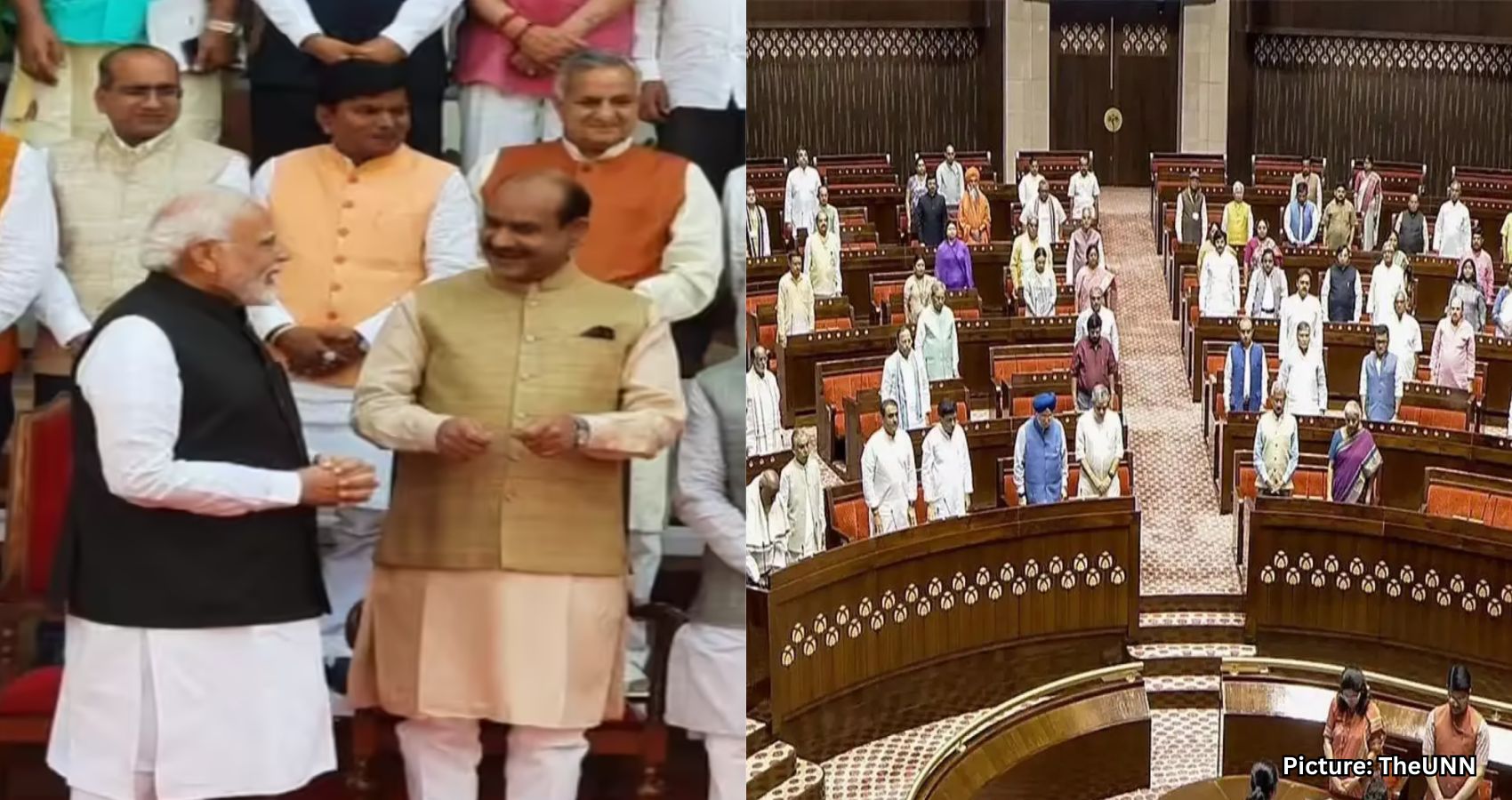More than one-third of Rajya Sabha members are set to retire by November 2026, prompting significant political shifts influenced by upcoming state elections.
New Delhi: The Rajya Sabha is poised for substantial changes in the coming months, with over one-third of its members scheduled to retire within the next year. Between March and June 2026, 57 members will complete their terms, and by November, that number will rise to 69, reshaping the composition of the Upper House at a politically critical juncture.
The results of the forthcoming elections in Bihar and West Bengal will play a crucial role in determining whether prominent members, particularly from the opposition, will be renewed or retired. The opposition coalition, known as the INDIA bloc, may face challenges in renominating some of its members if it performs poorly in these states, given its weaker vote bank compared to the National Democratic Alliance (NDA).
The first notable exit will be Ranjan Gogoi, a nominated member and former Chief Justice of India, whose six-year term concludes on March 16, 2026. Following this, a significant batch of retirements will occur in April 2026, with 37 members stepping down from various states. This group includes notable figures such as Ramdas Athawale (Republican Party of India – Athawale, Maharashtra), Sharad Pawar (NCP – Sharadchandra Pawar, Maharashtra), and Priyanka Chaturvedi (Shiv Sena – UBT, Maharashtra), among others.
In Tamil Nadu, the retirement of DMK leaders Tiruchi Siva, Kanimozhi NVN Somu, N.R. Elango, Anthiyur P. Selvarasu, and M. Thambidurai (AIADMK) will be significant. West Bengal will see the departure of TMC members Subrata Bakshi, Ritabrata Banerjee, Bikash Saket Gokhale, and Mausam Noor, along with Ranjan Bhattacharyya from CPIM. Odisha will lose Niranjan Bishi and Muzibulla Khan (BJD), as well as Sujeet Kumar and Mamata Mohanta (both BJP).
Other prominent names in this batch include Bhagwat Karad and Dhairyashil Mohan Patil (BJP, Maharashtra), Rajani Patil (Congress, Maharashtra), and Kiran Choudhry (BJP, Haryana). By June 2026, an additional 22 members will finish their terms, including political veterans such as H.D. Deve Gowda (JD-S, Karnataka), Mallikarjun Kharge (Congress, Karnataka), and Digvijaya Singh (Congress, Madhya Pradesh).
Andhra Pradesh will experience a significant turnover with the exits of Ayodhya Rami Reddy, Parimal Nathwani, and Subhas Chandra Bose Pilli (all YSRCP), along with Sana Sathish Babu (TDP). Gujarat will see the retirement of Narhari Amin (BJP), Ramilaben Bara (BJP), Shaktisinh Gohil (Congress), and Mokariya Rambhai (BJP). In Rajasthan, Neeraj Dangi (Congress), Rajendra Gehlot (BJP), and Ravneet Singh (BJP) will step down. Karnataka will lose Iranna Kadadi (BJP) and Narayana Koragappa (BJP), while members from other states, including Meghalaya, Arunachal Pradesh, and Jharkhand, will also retire.
In July 2026, Vanlalvena of the Mizo National Front will retire from Mizoram. The final wave of retirements will occur in November 2026, when 11 members from Uttar Pradesh will step down. This group includes senior figures such as Hardeep Singh Puri (BJP), Ram Gopal Yadav (Samajwadi Party), and several others from the BJP.
The party-wise breakdown reveals the magnitude of this turnover. The BJP accounts for approximately 31 of the 69 vacancies, with members retiring from its strongholds in Uttar Pradesh, Madhya Pradesh, Gujarat, Karnataka, Rajasthan, Odisha, Assam, Haryana, and Himachal Pradesh. The Congress is set to lose at least eight members, including some of its most prominent leaders in the Upper House. The DMK, AITC, and YSRCP will also face significant changes, while smaller parties may find themselves in a more precarious position.
Uttar Pradesh will experience the largest turnover, with 11 members retiring in November 2026. Other states, including Maharashtra, Tamil Nadu, Bihar, West Bengal, Odisha, Gujarat, Karnataka, and Andhra Pradesh, will also see substantial vacancies, creating a ripple effect across both national and regional politics.
Despite the large number of outgoing members, the BJP is well-positioned to retain most of its seats and potentially gain more, thanks to its dominance in state assemblies across northern, western, and northeastern India. In contrast, the Congress faces the risk of net losses in states like Gujarat, Rajasthan, Madhya Pradesh, and Chhattisgarh, where it lacks the necessary MLA numbers to ensure the return of all its retiring members. The DMK and Trinamool Congress are likely to maintain their seats due to their strong control in Tamil Nadu and West Bengal, respectively.
Smaller parties, however, appear more vulnerable. The NCP (Sharad faction) and Shiv Sena (UBT) members from Maharashtra, AIADMK’s M. Thambidurai from Tamil Nadu, and Ramji of the Bahujan Samaj Party from Uttar Pradesh are almost certain to lose their seats. The BSP, with only one MLA in the UP Assembly, faces a bleak future in the Rajya Sabha unless an extraordinary cross-party arrangement occurs. The JD-S risks losing H.D. Deve Gowda’s seat in Karnataka, while the BRS may lose its single seat in Telangana following its Assembly defeat.
These retirements will result in nearly one-third of the 245-member Rajya Sabha being reconstituted by the end of November 2026. The elections to fill these seats will be closely monitored, as they will not only impact the legislative arithmetic of the Centre but also shape the bargaining power of regional parties ahead of the next general election cycle. This churn could potentially eliminate some parties entirely from the Upper House while solidifying the BJP’s dominance.
Source: Original article

